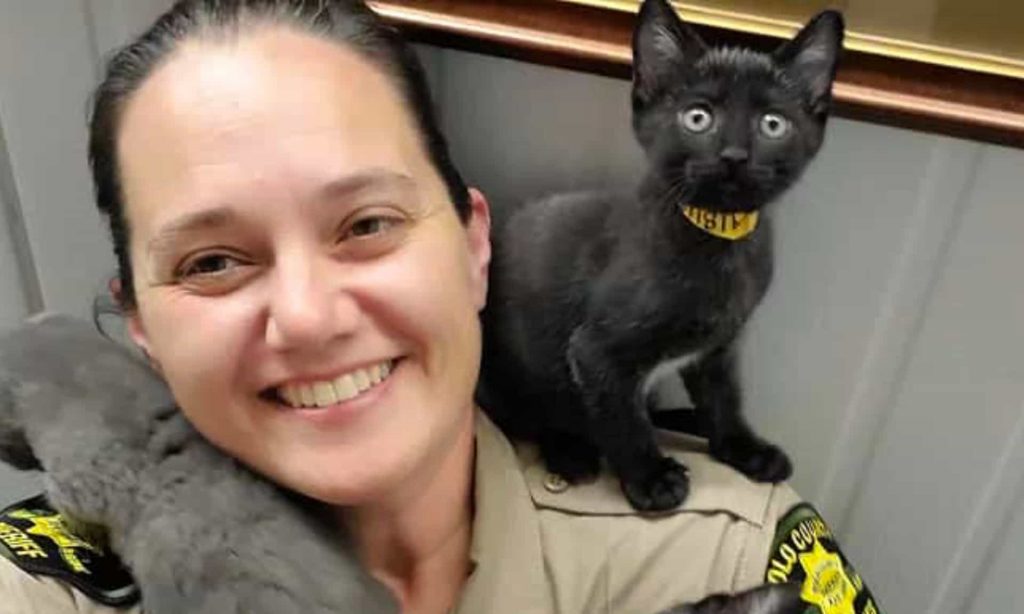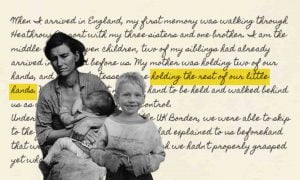Like many people who love their companion animals, it may be surprising how so many animals wind up in shelters unclaimed, says Jill Tucker, CEO of California Animal Welfare Association
Tucker, who originally started her career in software, shifted into the animal sector in 2003, where she moved from California to Vermont to run an animal humane society organisation. From starting as a foster parent to making her way as the president of that same organisation, Tucker found herself as a leader in protecting animals.
She has since been involved in an array of animal welfare projects, including a cruelty response state project for Vermont and overseeing humane societies in California. Jill has now been managing the California Animal Welfare Association (CAWA) for three years.
Providing legislative advocacy
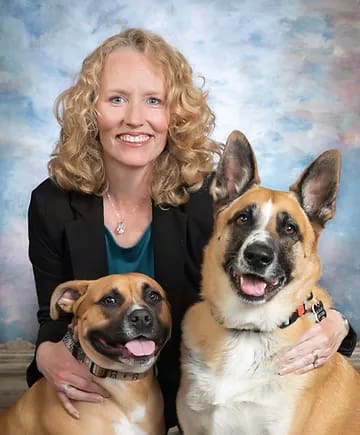
At CAWA, members of the organisation strive to support shelters, control agencies and animal welfare organisations throughout California to successfully protect the animals and communities in their areas. One way CAWA has done so is through its legislative advocacy efforts. Tucker points out that if specific bills need to be changed or updated, those needs are pursued to their end, along with damage control to any new bills proposed that may be harmful to the animal welfare sector.
“We take a close look at those and understand all the possible implications and work with the authors of those bills to make any amendments better. There is a lot of really good collaboration going on.”
For example, CAWA supports the Veterinary Care Accessibility Project to make vet care accessible to under-resourced communities. Unfortunately, individuals are having to surrender their companion or put off wishes to adopt due to inflation, raising rent prices, and inadequate resources.
This particular project raises awareness on the need to provide transportation, develop more animal healthcare centres, and provide financial support where needed. In describing the importance of the human-animal bond, Tucker shares, “people in all sorts of situations really love their animals and want to do what is best for them.”
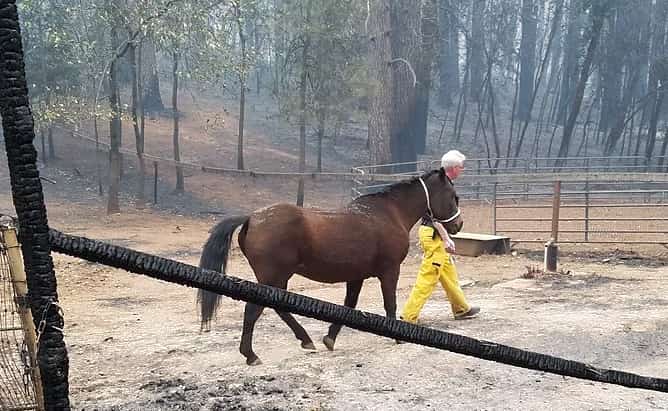
Responding to disasters
Additionally, Tucker highlights the need to focus on disaster response. In 2021, 8,835 fires were reported in California, with 8,648 fires the year before. As fires break out, agencies and non-profit organisations set up temporary shelters to care for animals and reunify them with evacuees once conditions have improved. While these wonderful organisations have come together to provide relief for animals during disasters, a lack of resources and understanding from state-agencies poses a challenge.
Providing a safe space
With shelters already facing existing challenges of overcrowding, the emergence of fires and the displacement of animals is an additional dilemma. Luckily, CAWA connects with over 550 animal professionals from 240 agencies throughout the State to work together to pick up animals and take them to their programmes, giving other shelters space for evacuated animals.
Training staff for the job
“There are never enough people within your own agency to care for a thousand animals that suddenly need care”, says Tucker. She describes the disaster response as a long-term effort in which you cannot expect professionals to work seven days for weeks on end.
By raising awareness on the need for experienced staff in these disasters, CAWA has gathered an estimated 58 trained staff from over 24 agencies to “fill various roles and provide relief”. While these extra hands are a great addition to the disaster response team, CAWA faces a lack of understanding from State agencies.
They will say ‘it’s just animals,’ but there is a lot more to it and to do it right
When it comes to staffing needs and help, state agencies have suggested to CAWA to have youth volunteers, namely, the 4-H organisation, do the work. The problem with such thinking by governmental agencies is the absence of seriousness and action regarding the lives of animals. “They would not say this about a daycare….things go very badly if it is not done right.”
Losing animals to poor record keeping, inadequate disaster training, and individuals mishandling and contracting a zoonotic disease are among the considerations state agencies need to take into consideration when working with disaster response. Of course, CAWA members are working hard to get the proper resources required from state agencies during these terrible times.
Individuals and organisations can do so much to help
“The mystery in shelters is on why animals, that clearly were loved by somebody, are in our buildings and not getting reclaimed,” Tucker shares.
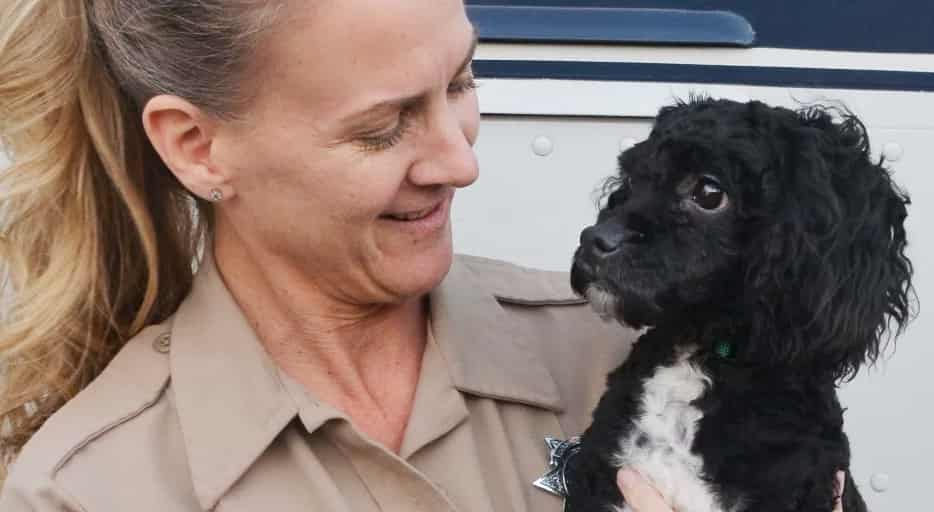
CAWA observes that adoptions and placements have been 6% lower than animals coming in, leading to overcrowding in shelters. Under the current economic conditions, even areas with high reunification rates are struggling. “…If they are pushing [adopting out] 50% to 60% of dogs… that is still 40% left. It is like, ‘you had somebody, where are they?'”
Recognising the financial issue, CAWA has been working with members to remove barriers for adoption and shift resources to low-income communities to care for these animals. In discussing what people and organisations can do to alleviate these issues in the animal welfare sector, Tucker emphasises three main points: adoption, foster homes and donations.
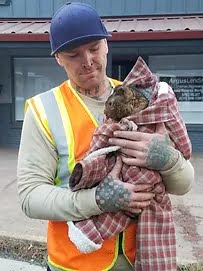
1. Adoption: Animals in shelters are in need of loving homes and families. If individuals are able to adopt and provide care for these animals, CAWA encourages the public to do so.
2. Foster Homes: Adoption may not be an option for everyone, but those looking to foster animals are appreciated. Providing animals care through fostering is a great way to help out shelters and organisations with space and overcrowding.
3. Donations: CAWA has members that are both non-profit, that is, entirely funded by donations, and municipal agencies funded by tax dollars. However, Tucker explains that these funds are not always sufficient for these organisations to “do the work they want to be doing for animals”. Any financial support can help with additional staffing, reunification efforts, disaster response, and under-resourced communities.
The well-being of animals is at great risk as economic matters and fires erupt in California. Ultimately, these events have contributed to the overcrowding of shelters and displaced animals separated from their families. While CAWA has been taking the necessary steps to assist organisations and animals during these difficult times, they can use help with adoption, fostering, and donations. In the meantime, Tucker expresses her hope for a shift in events and that animals will soon find homes.



